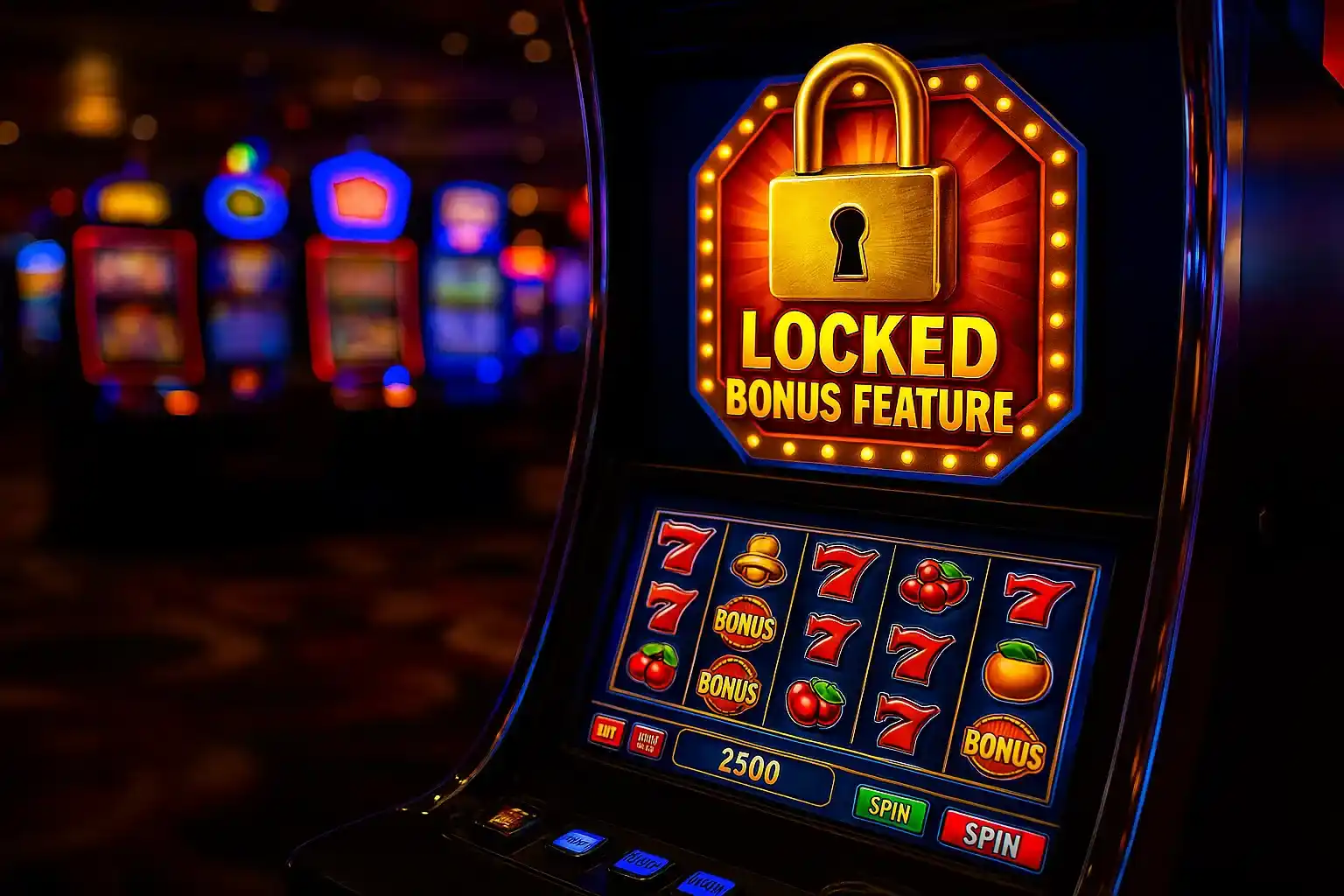Omaha poker can seem daunting at first glance, especially if you’re transitioning from Texas Hold’em. With four hole cards instead of two and the requirement to use exactly two of them along with three community cards, the game introduces new layers of strategy and complexity. However, by focusing on core differences, practicing dutifully, and leveraging the right resources, you can pick up Omaha rules rapidly and start making informed decisions at the table.
Learning Omaha efficiently involves more than just memorizing how many cards you get. It requires understanding starting-hand selection, grasping how board textures interact with your four cards, and developing instincts for hand strength. In this article, I’ll share techniques I’ve refined over years of playing, along with practical examples and exercises you can use to accelerate your learning curve.
Grasp the fundamental differences
Before diving into the nitty-gritty, it helps to contrast Omaha with its more famous cousin, Texas Hold’em. In Hold’em, you receive two private cards and combine them with up to five community cards to form the best five-card hand. Omaha ups the ante: you’re dealt four hole cards, but you must use exactly two of them and exactly three community cards to assemble your final hand. That distinction sounds subtle, but it fundamentally alters tactics around drawing hands, blocking, and overbetting.
Many beginners make the mistake of treating Omaha like “Hold’em with more cards.” You might think, “I have four cards, so I should have a stronger hand,” only to discover that opponents with double-suited, connected holdings will often outdraw you. Recognizing that Omaha is inherently a game of draws—where flop textures like coordinated suits and sequences drastically impact hand strength—is a critical first step.
Learn the hand rankings in context
You’ve likely memorized poker hand rankings long ago: royal flush down to high card. Those remain the same in Omaha, but how often each hand appears shifts dramatically. While a royal flush is still the rarest beast, in Omaha you’ll encounter straights, flushes, and full houses more frequently due to the greater combination possibilities. For instance, four hole cards mean there are more ways to make a flush draw, and board-runouts that seem innocuous in Hold’em can spell disaster in Omaha.
To internalize these shifts, I recommend running through 100 Omaha deal simulations on an online poker trainer and simply observing the showdowns. You’ll notice that hands like two-pair on a three-suited board lose value fast, while three-of-a-kind or better becomes much more common. Seeing these patterns in practice cements the abstract rulebook into tangible experience.
Master starting-hand selection
One of the quickest ways to burn through your bankroll in Omaha is by playing every hand. Unlike Hold’em, where speculative hands like small pocket pairs or suited connectors can be profitable, Omaha demands more precision. Your ideal starting hands combine connectivity, suits, and pair potential. Think double-suited A♠K♠Q♣J♣ or A♦A♥K♠Q♣—hands that can make top set, nut flush, and broadway straight.
A great way to refine your preflop instincts is by reviewing hand charts or databases, and then testing yourself with drills. Allocate 15 minutes each day to randomly generate four-card hands and decide instantly whether you’d play them in a typical pot-limit game. Over time, muscles start to remember: you learn to fold A♥K♦J♣9♠ (weak connectivity, only one suit) and play K♣Q♣J♥10♥ (double-suited, well-connected).
Use quality online tools and communities
While nothing beats live play, online learning platforms and discussion forums can turbocharge your progress. I routinely consult reputable poker sites uk for strategy articles and hand analyses. These sites often host free quizzes, video tutorials, and software recommendations that illustrate concepts like equity distribution and board texture evaluation. Joining a study group—whether via Discord, Reddit’s r/Omaha, or a local club—also exposes you to diverse viewpoints and challenges your assumptions.
Practice with focused drills
Deliberate practice beats random play. Instead of jumping into full-ring games immediately, start with short-handed tables or heads-up matches where you face fewer hand combinations. Tools like Equilab or Flopzilla allow you to simulate specific scenarios: imagine holding A♠K♠Q♥J♥ against random two-card hands and see how often you win on different flop types. These equity drills help you internalize probabilities—so when you see a flop like 9♠8♠7♦, you instantly know whether your hand has the nuts or is drawing dead.
Additionally, consider time-based challenges. Set a timer for two minutes and review 20 randomly selected Omaha hands, writing down your preflop decision and ideal play line. Then compare your answers against expert solutions. These timed quizzes train your intuition under pressure, mirroring the speed required in live or online cash games.
Understand pot-limit betting nuances
Most Omaha games use pot-limit betting, meaning the maximum raise is the current size of the pot. This structure encourages bigger bets when the pot grows, and it rewards players who master pot arithmetic. For a novice, calculating the maximum raise can seem tricky: you need to count existing pot, any raises, and your call. Walking through real examples on paper or using a poker calculator app helps cement the process.
For instance, suppose the pot is £50, and there’s been a £10 bet. You want to know your maximum raise. You would call £10, making the pot £60, then you can raise by £60, putting £70 total into the pot. Practicing these scenarios until the math becomes second nature will keep you focused on strategy rather than struggle with numbers at the table.
Study board textures and equity shifts
Unlike Hold’em, where blockers and two-card combos often tell much of the story, Omaha focuses on how four private cards mesh with three community cards. A board of 10♥9♥8♣4♦, for example, is highly coordinated, offering straight, flush, and two-pair possibilities. If you hold A♥K♥7♠6♠, you not only have the nut flush draw but also multiple straight draws. Appreciating those nuances comes from studying flop textures manually: take a standard deck, deal yourself four cards, then flop three cards and catalog all the hand combinations you or an opponent could hold.
I recommend keeping a small notebook of memorable flops and equity changes. After each real session, jot down one interesting board and how the perceived hand strengths shifted from preflop to river. That habit cements abstract concepts into concrete memory.
Apply bankroll management
Omaha’s draw-heavy nature can produce wild swings, even among the best players. It’s essential to adjust your bankroll to withstand variance. A good rule is to allocate at least 30 full buy-ins for pot-limit Omaha sessions, compared to the typical 20 buy-ins for Hold’em. That additional cushion gives you the confidence to play strong hands deep-stacked without fear of ruin.
Moreover, consider playing lower-stakes tables while you’re learning. Even £0.50/£1 games attract competent players, but the financial risk is lower. As your skills and comfort grow, you can move up in stakes organically, carrying forward lessons rather than chasing losses.
Learn from live play, but review critically
There’s no substitute for the live table experience—reading opponents’ betting patterns, watching physical tells, and managing your own emotional state. However, live learning must be paired with post-session review. Record key hands in a poker journal: the cards you held, the action, and your reasoning. Then, offline, re-analyze those hands with a study partner or using software. Did you misread a draw-heavy board? Could you have extracted more value with a different bet size? That critical reflection transforms anecdotal plays into strategic insights.
If you don’t have a partner, consider using a hand-history converter to import your live cash game sessions into an online analysis tool. That way, you get the advantages of both worlds: realistic engagement and data-driven review.
Leverage microlearning and spaced repetition
Cognitive science shows that spaced repetition helps transfer knowledge from short-term to long-term memory. Create flashcards for Omaha-specific concepts—like “must use exactly two hole cards” or “pot-limit raise calculation steps.” Review a handful each day, mixing in new cards as you progress. Over a month, those reminders reinforce the rulebook so deeply that you can focus entirely on adapting to opponents rather than recalling basics.
For a quick example, one flashcard could read:
Q: How many hole cards must you use to form your final hand in Omaha?
A: Exactly two hole cards and exactly three community cards.
This approach makes dry rules feel like a game, and it fits seamlessly into busy routines—review one set on your commute, another during a lunch break, and a final set before bed.
Study professional Omaha games
Watching expert players dissect hands live or in recorded sessions accelerates understanding. Many top-streamers on Twitch and YouTube focus on high-stakes Omaha, explaining their thinking in real time. I recommend following a few pros—such as “ActionFreak” or “GrowUpUriah”—and pausing their streams regularly to predict their next move. That active prediction cements learning far more effectively than passive viewing.
You can also attend live tournaments as a spectator. Observing table talk, hearing professional coaches critique strategies, and feeling the tournament atmosphere all provide context that textbooks lack.
Stay patient and embrace gradual improvement
Finally, remember that Omaha mastery is a marathon, not a sprint. It’s tempting to jump into large-stakes games early, especially after a few winning sessions, but overconfidence can lead to costly mistakes. Embrace the learning curve by setting clear skill milestones—understand preflop hand evaluation, practice pot-limit math, refine post-flop reads—and only move on when you feel genuinely comfortable.
Keep a growth mindset: treat every loss as a lesson, every confusing board as an opportunity to learn, and every unexpected outcome as data for your next review. Over time, these incremental gains compound into deep expertise, letting you play Omaha not just quickly, but masterfully.








